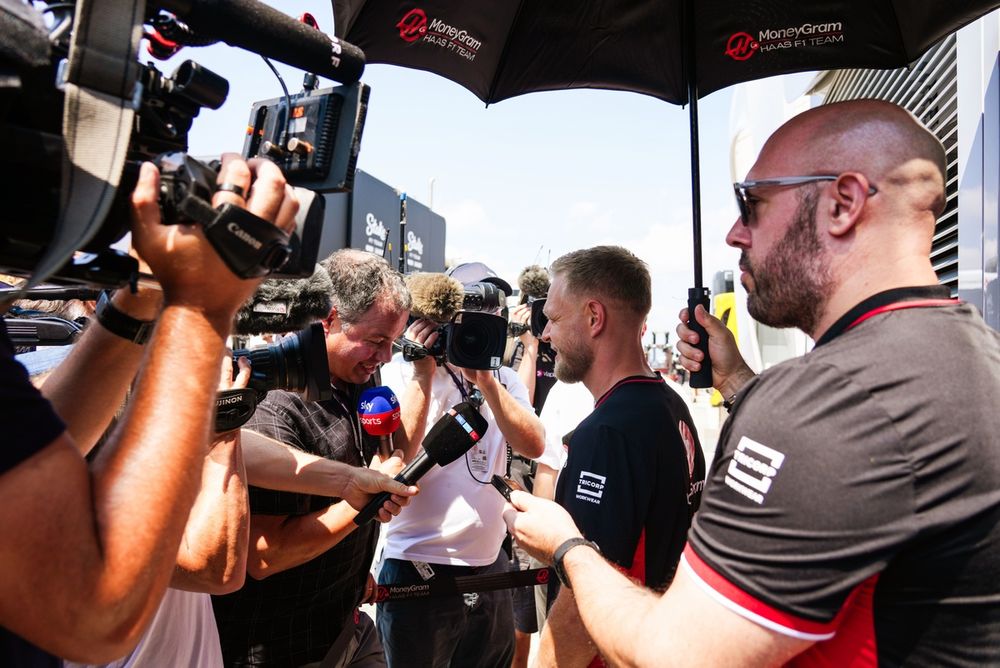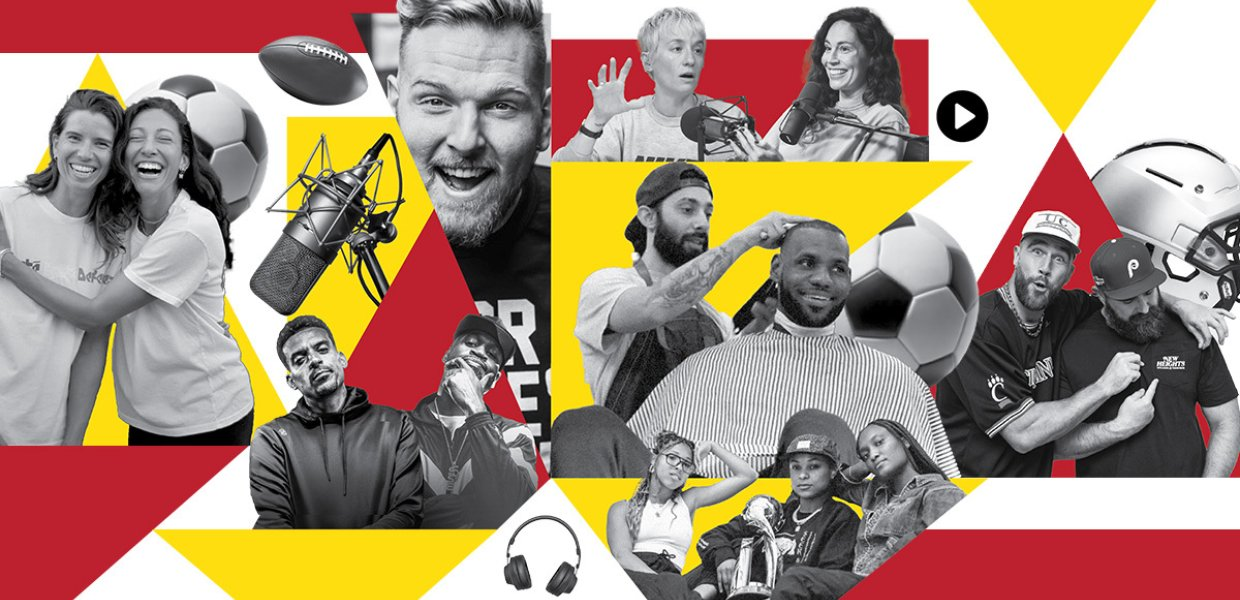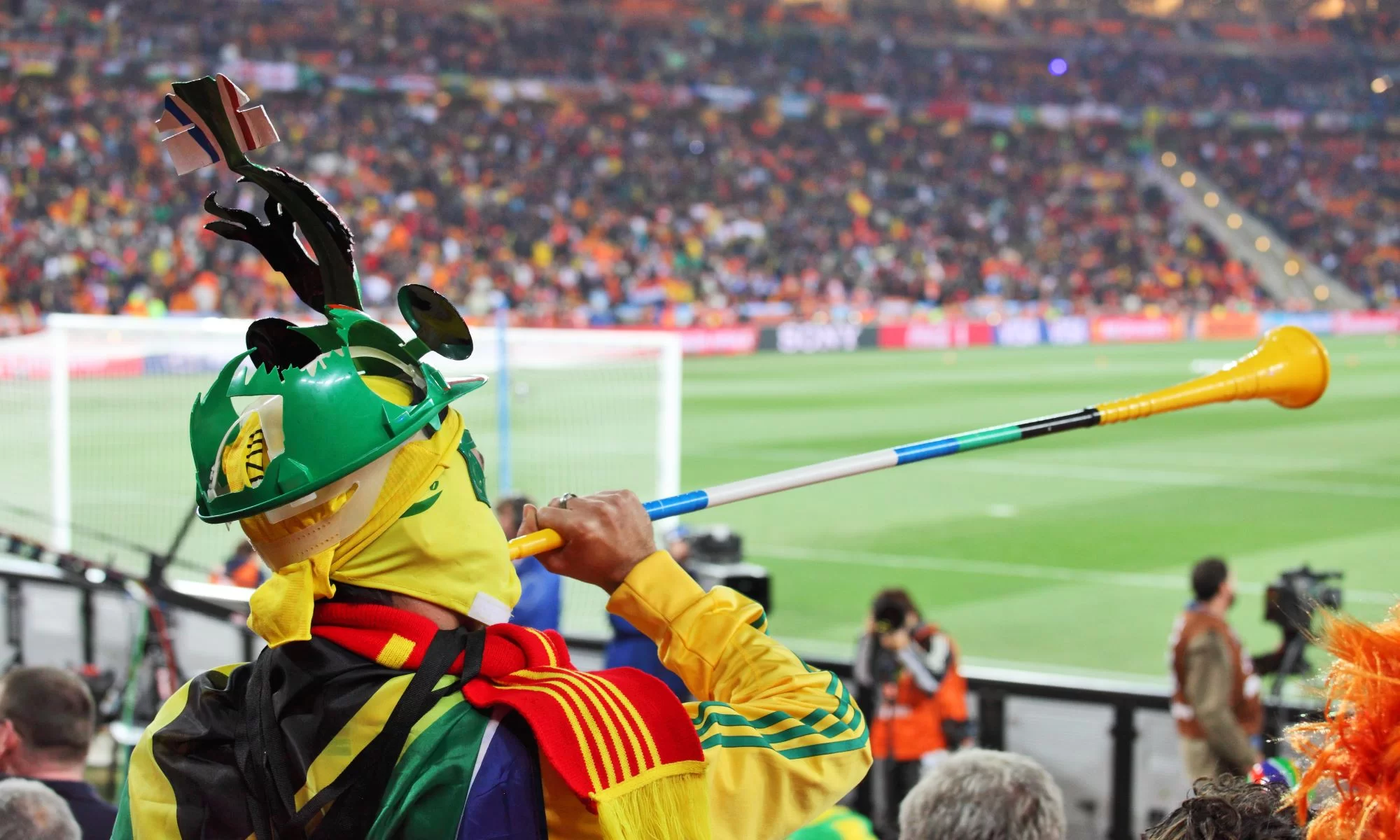Formula 1 has long been one of the most-watched and high-profile motorsports in the world. However, the way fans experience F1 has evolved dramatically in recent years. Once dominated by traditional television broadcasts, Formula 1 media coverage has shifted toward a more dynamic and interactive model, driven by digital platforms, social media, and fan engagement tools. The introduction of F1 TV Pro, a subscription-based streaming service, has revolutionized how fans watch races, offering exclusive access to onboard cameras, team radios, and real-time race analytics, all of which were once reserved for in-the-pits teams.
Social media has also played a pivotal role in reshaping Formula 1 coverage. Teams and drivers now interact directly with fans through Twitter, Instagram, and TikTok, providing glimpses of their personal lives and behind-the-scenes content. This instant, unfiltered access creates a stronger emotional connection between fans and drivers, fostering a deeper sense of community. Additionally, F1’s official YouTube channel and various podcasts have allowed fans to stay connected to the sport beyond race weekends, offering insightful commentary, interviews, and analysis.
The shift to digital-first coverage also allows for a greater variety of content tailored to different audiences. For instance, F1’s partnership with Netflix for the popular documentary series Drive to Survive has brought new fans into the sport by blending drama with racing. This documentary-style approach highlights the human stories behind the drivers and teams, giving viewers an inside look at the high-stakes world of Formula 1. By embracing both traditional broadcasting and modern, interactive content, Formula 1 has successfully expanded its global fanbase while maintaining the thrill and excitement that has defined the sport for decades.






